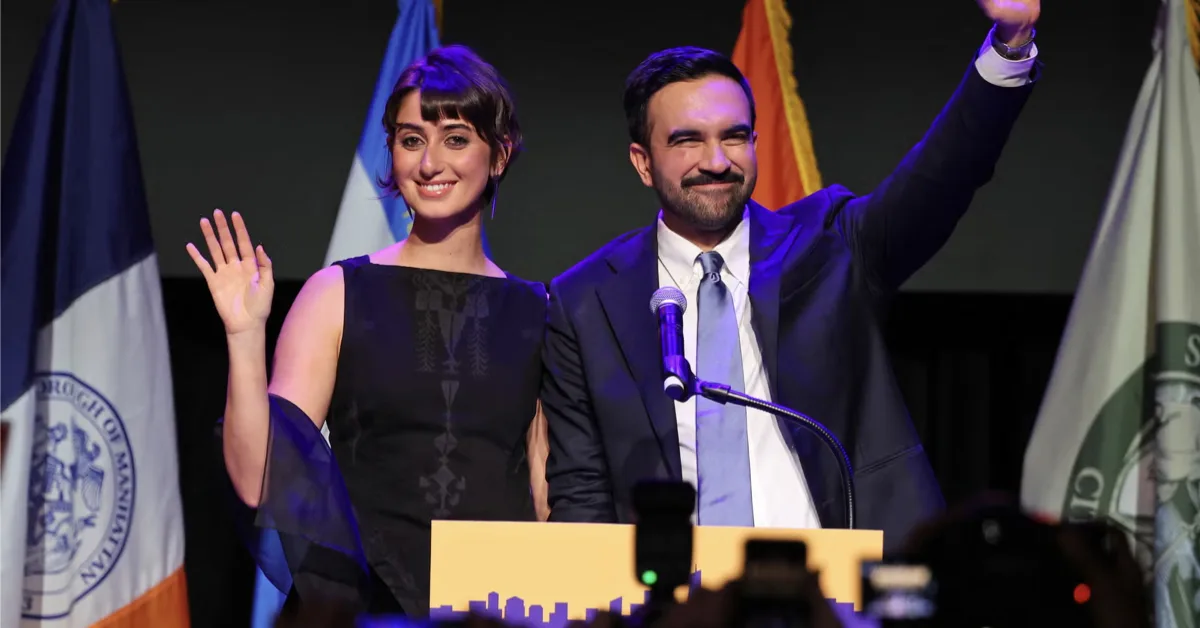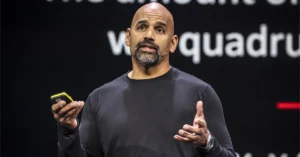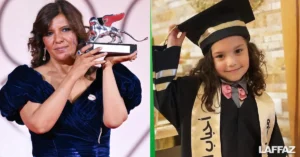As Zohran Mamdani stepped onstage to celebrate his win in the New York City mayoral election, the city’s political landscape shifted – and so, subtly, did its cultural one. Standing beside him was Rama Duwaji, whose quiet poise and striking outfit told a story of identity, inheritance, and defiance.
Duwaji wore a black laser-etched top designed by Palestinian designer Zeid Hijazi, paired with a velvet lace skirt from Ulla Johnson. More than an aesthetic choice, it was a layered gesture, one that bridged art and ancestry. The geometric etching on the top echoed tatreez, a centuries-old Palestinian embroidery tradition that carries the memory of displacement, survival, and belonging.
In wearing it, Duwaji brought that memory into one of America’s most-watched political moments.
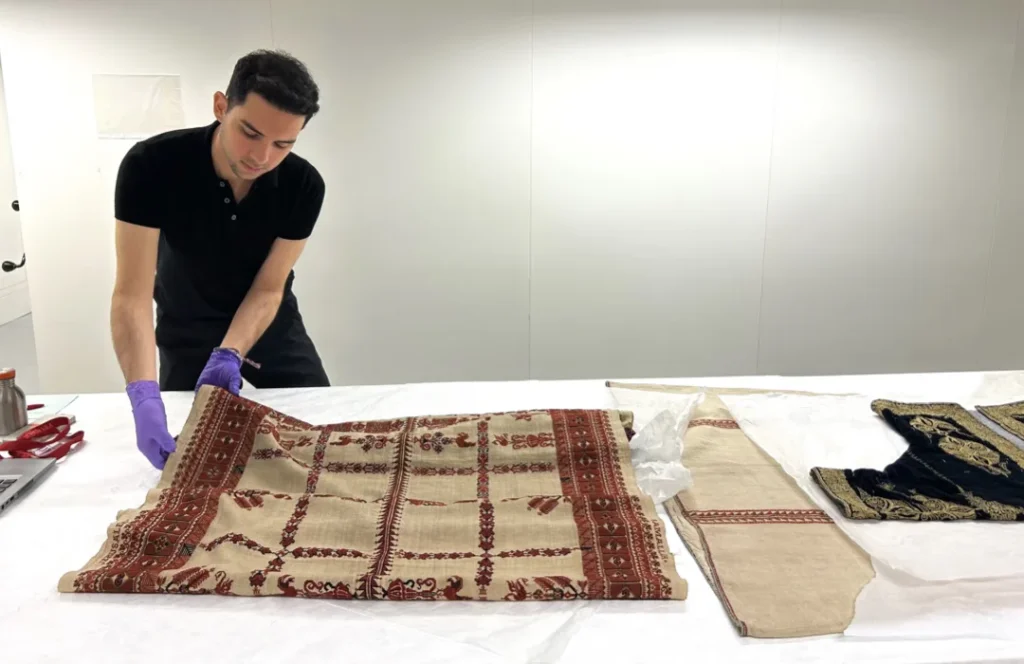
The language of thread
Tatreez is often called a visual language, each pattern a record of where someone comes from and what they’ve endured. For generations of Palestinian women, embroidery has been both a craft and a form of storytelling. On election night, that story took the stage beside New York’s newest mayor.
Duwaji’s outfit felt deliberate but unforced, a nod to her Arab heritage and to the communities that shaped her partner’s own immigrant journey. Together, they represented a shared diaspora experience, expressed not through speeches but through the details of cloth and craft.
Beyond style – toward meaning
In a media landscape dominated by quick takes and instant virality, Duwaji’s look stood apart. It wasn’t meant for shock or spectacle. It asked for reflection. The handwork, texture, and history behind the garment turned a moment of celebration into one of remembrance.
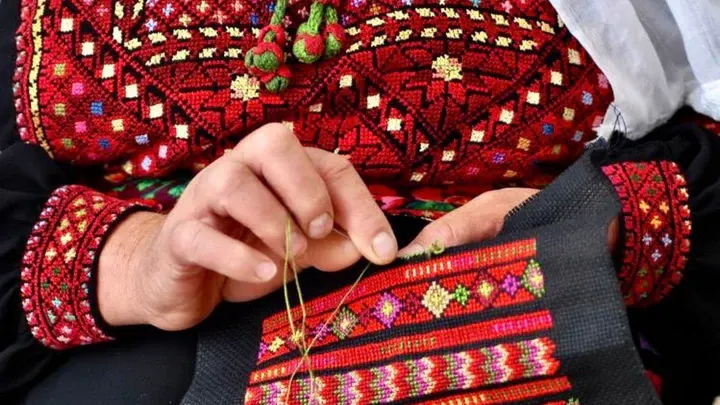
This was not a celebrity gesture or a performative statement. It was quiet conviction, the kind that refuses invisibility. Duwaji’s attire served as a reminder that fashion can be political even when it doesn’t shout; that beauty and resistance can coexist in the same silhouette.
Parallel acts of courage
If Mamdani’s campaign was about confronting inequity through policy, Duwaji’s presence was about confronting erasure through representation. His victory challenged power structures; hers challenged cultural amnesia. One spoke through governance, the other through fabric – both, in their way, expressions of courage.
Their pairing captured something powerful: a union of activism and artistry, intellect and empathy, an image of a new generation navigating politics without leaving their roots behind.
Representation redefined
Fashion conversations often equate representation with visibility – who appears in ads, who walks runways. Duwaji’s choice reimagined that idea. Representation, she seemed to suggest, isn’t about being seen; it’s about carrying something forward.
By wearing Hijazi’s design crafted through Palestinian traditions yet shaped for a global audience, Duwaji helped reframe what cultural pride can look like on an American political stage. Her choice acknowledged the craftswomen, the history, and the ongoing struggle woven into the garment.
A moment that lingers
When the night ended and the headlines moved on, one image remained, Duwaji standing beside Mamdani in a black embroidered ensemble, calm and resolute. In that moment, fashion became testimony: to survival, solidarity, and the right to be visible on one’s own terms.
In a world where resistance is often loud, Rama Duwaji’s was stitched in silence, and that’s what made it unforgettable.
ⓘ As part of our ongoing support for startups and SMEs, LAFFAZ Media publishes feature and resource articles that may include references and links to external websites. These inclusions are selected at our editorial discretion to provide valuable information to our readers. LAFFAZ Media does not control, endorse, or assume responsibility for the content or practices of external websites. For more details, please refer to our Terms and Conditions.
